8 Space Myths Busted
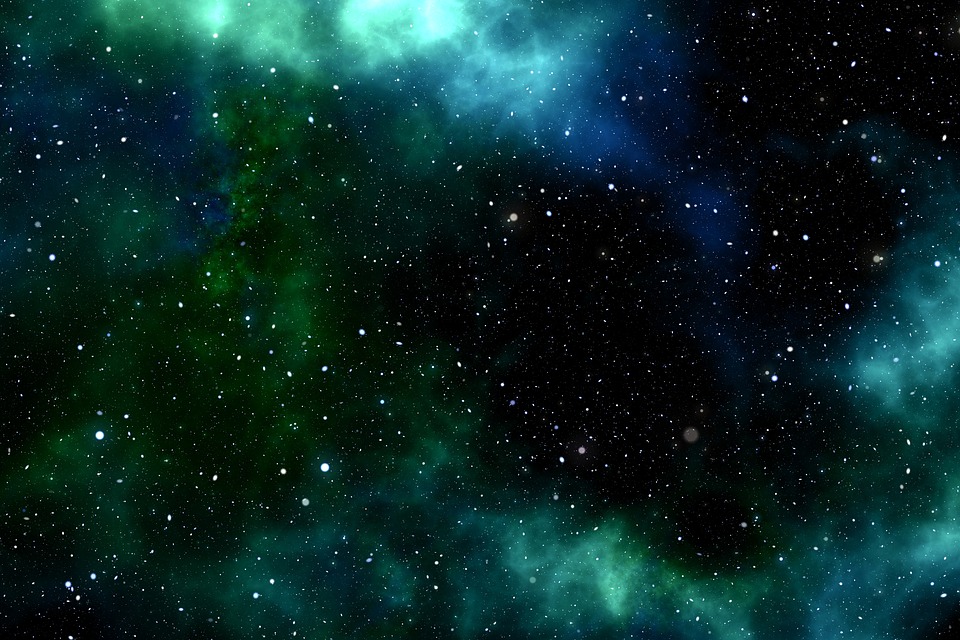
We pick apart some of the most common misconceptions in the cosmos
1. “THE ASTEROID BELT IS FULL OF ASTEROIDS”
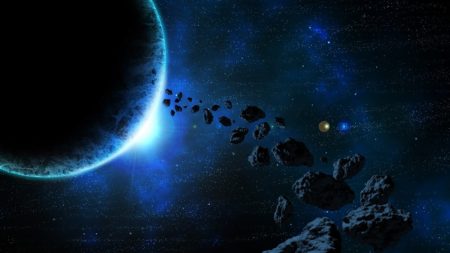
Blame Star Wars for this one. In The Empire Strikes Back, Han and co weave their way through an asteroid belt in the Millennium Falcon, dodging flying rocks all over the place, against the odds. It was a great scene, sure, but the science was lacking. The problem is that asteroids just aren’t that close together. They’re really, really far apart, and flying between them would be a breeze. In the asteroid belt between the orbits of Mars and Jupiter, you’d be hard-pressed to even see one asteroid from the surface of another. Scientists estimate the main asteroid belt contains between 1.1 and 1.9 million asteroids larger than one kilometre in diameter, and millions of smaller ones. Most known asteroids orbit in this main region, and on average each sizeable asteroid is at least several million kilometres away from another, with the chances of a collision being about one in 1 billion. Could we assume that in a galaxy far, far away, they’ve found an asteroid belt that’s much more tightly packed? Absolutely. But in ours, this scene would have been a lot less exciting.
2. “THERE’S ZERO GRAVITY IN ORBIT”
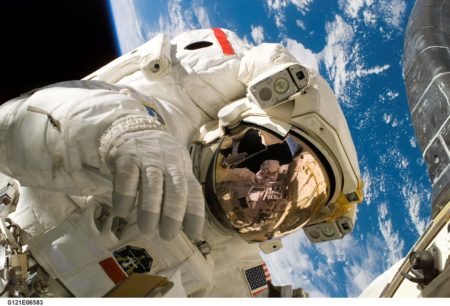
Perhaps the most common misconception about space concerns what space actually is. A lot of people seem to think that when you launch a rocket straight upwards, you eventually reach a point where you start floating. That’s why the astronauts on the International Space Station (ISS) appear weightless, right? Well, we’re afraid that’s just not true. The reason astronauts on the ISS appear to be floating is because they’re in constant free fall towards Earth. In the late 17th century, Isaac Newton first published his thought experiment to demonstrate his concept. He suggested that if you fi red a cannonball horizontally from the surface of Earth — at greater and greater speeds — the ball would not hit the Earth but instead orbit the planet. That’s basically what’s happening on the ISS. They’re moving so fast (over 28,000 kilometres per hour) that they constantly fall towards the Earth. As a result, they’re in constant free fall and appear to experience weightlessness. In fact, at an altitude ranging between 370–460 kilometres above the Earth’s surface, the ISS still experiences 90 per cent of Earth’s gravity. Everything in orbit experiences the pull of our planet, it’s just that they move so fast sideways that it seems like they are weightless. So, the next time you see footage of astronauts floating around, just remember they’re not in zero gravity. They’re actually constantly falling, but thanks to the extremely low friction of the upper atmosphere, their spacecraft never slows down, so they never fall to Earth.
3. “BLACK HOLES SUCK EVERYTHING IN”
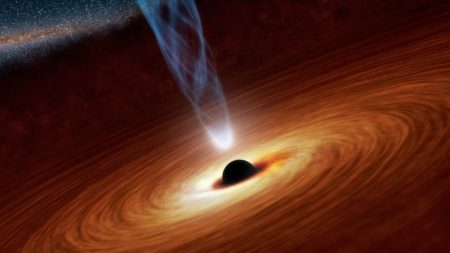
Contrary to popular belief, black holes are not cosmic vacuum cleaners that suck up everything in their vicinity. In fact, they behave not that differently from a star at first. It’s when you get close that things start to get weird. First, let’s back up. A black hole forms when the centre of a massive star goes supernova, leaving behind a dense core that collapses in on itself. These are known as stellar mass black holes and, as their name suggests, they’re actually quite similar in mass to a star. If the Sun was substituted by a black hole of equal mass, all the planets currently orbiting the Sun would continue on their orbits as they are now and would not instantly be pulled in. But the Sun is not massive enough to ever evolve into a black hole. At the heart of our galaxy is a supermassive black hole, known as Sagittarius A*, and we see these at the centre of almost every massive galaxy. Again, these black holes clearly don’t suck everything in. Some, in more distant galaxies, are surrounded by a quasar — a superheated accretion disc of gas and dust — and some can fi re jets. But there is a point beyond which black holes behave quite strangely. At the edge of its inner core, which can be just a few kilometres across, you’ll find the event horizon. This is where the gravitational pull is so intense that nothing — not even light — can escape. At this point, you could probably say that the black hole was sucking you in. What happens next is anyone’s guess, however, because what goes in never comes out.
4. “YOU’D EXPLODE WITHOUT A SPACESUIT”
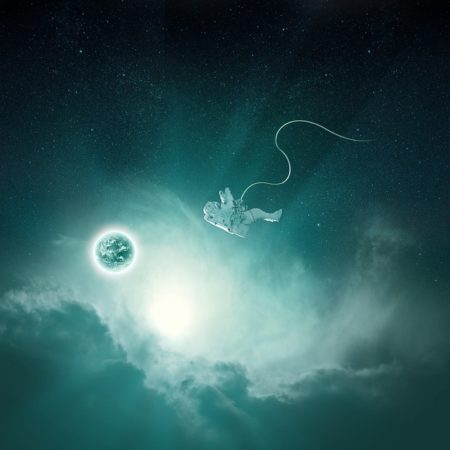
Contrary to what some films might have you believe, taking your suit off in space won’t cause you to immediately explode. Yes, your outlook isn’t great, but it might not be as dramatic as some think. The first thing that would happen is you’d lose consciousness after about 15 seconds due to a lack of oxygen after your body has used up the oxygen in your blood. Before this happens, you would have needed to breathe out as much air from your lungs as possible, otherwise that oxygen will rupture your lung tissue. Next up you’ve got ebullism, where the drop in pressure (spacesuits are like mini spacecraft, remember) causes gas bubbles to form inside your body fluids. A test subject accidentally exposed to a vacuum in 1965 reported that he also started to feel saliva on his tongue boiling due to the drop in pressure. So after a few minutes you’d be in pretty serious trouble, and while you might not explode, you probably don’t want to stay outside for too long.
5. “THE GREAT WALL OF CHINA IS VISIBLE FROM SPACE”
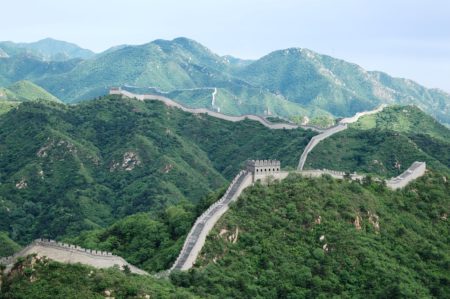
More specifically, this myth claims that the Great Wall of China is the only human-made object visible from space. We’re sorry to burst your bubble but this simply isn’t true, although it does depend on what you count as space. Even from low-Earth orbit (around 160 kilometres up), the wall is not visible to the naked eye. It’s just too thin, and the colours don’t stand out much from the surrounding landscape. On the ISS, it is barely visible using a camera, and even then only under perfect conditions, but it is certainly not visible from the Moon. However, you can see other evidence of humanity from the ISS with the naked eye, such as cities in the day and night, as well as airports, dams, bridges and even the pyramids. The official boundary of space is 100 kilometres up, but even from here you’d struggle to see the five-to-ten-meter-wide Great Wall unaided.
6. “MERCURY IS THE HOTTEST PLANET”
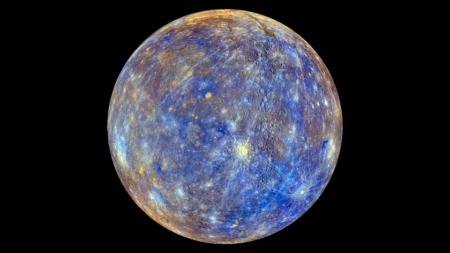
Mercury is the closest planet to the Sun, so surely it should be the hottest planet, right? Well, not quite, and the reason why is rather interesting. The hottest planet in the Solar System is actually Venus, with an average surface temperature of 462 degrees Celsius. But, Mercury reaches highs of ‘only’ 427 degrees Celsius. The reason for this difference is that Venus, unlike Mercury, has a thick atmosphere. Instead, Mercury possesses a thin exosphere made up of atoms blasted o its surface by solar wind and micrometeoroids. While Mercury heats up in direct sunlight, things get hotter on Venus, where the mainly carbon dioxide atmosphere traps the Sun’s heat in a runaway greenhouse effect. Scientists think that Venus may once have actually had shallow-liquid water oceans and habitable surface temperatures, but exposure to sunlight caused the ocean to evaporate, and with no water vapour remaining, the planet’s atmosphere has thickened and its temperatures have risen.
7. “THE SUN IS YELLOW”
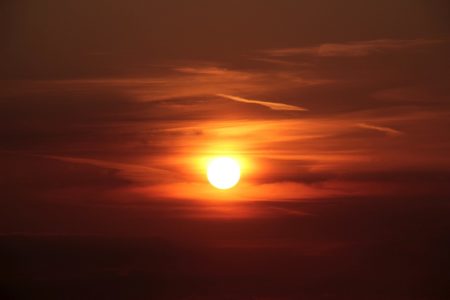
Think the Sun is yellow? Think again… sort of. The Sun emits all wavelengths of visible light, from violet to red. This means that it would appear white if you could view it with the naked eye in space. However, each colour corresponds to a different temperature,with yellow-green light of 550 nanometres emanating from about 5,700 degrees Celsius. From Earth the Sun appears yellow because the longer-wavelength yellow light is less easily scattered by our atmosphere than shorter wavelength colours like blue and violet.
8. “THE MOON HAS A DARK SIDE”
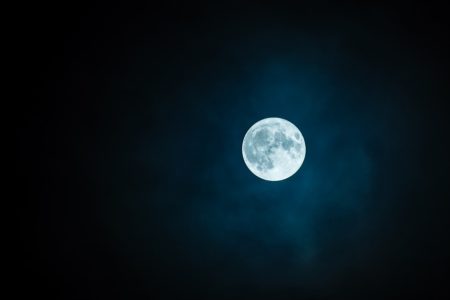
It might seem like the Moon has a dark side, but actually the Moon has cycles just like Earth does. The reason this myth pervades is because from Earth we can only see one side of the Moon as it’s gravitationally (or tidally) locked to our planet. There is a far side of the Moon that we never see, but in its 27.3-day orbit around Earth, the Moon goes through day and night cycles like our planet. This is why we see it change in brightness from being full to a crescent; the Sun is shining on different parts of the Moon from our perspective, but there’s no dark side — only a side that we cannot see.
This article was originally published in How It Works issue 108, written by Jonny O’Callaghan
For more science and technology articles, pick up the latest copy of How It Works from all good retailers or from our website now. If you have a tablet or smartphone, you can also download the digital version onto your iOS or Android device. To make sure you never miss an issue of How It Works magazine, subscribe today!





